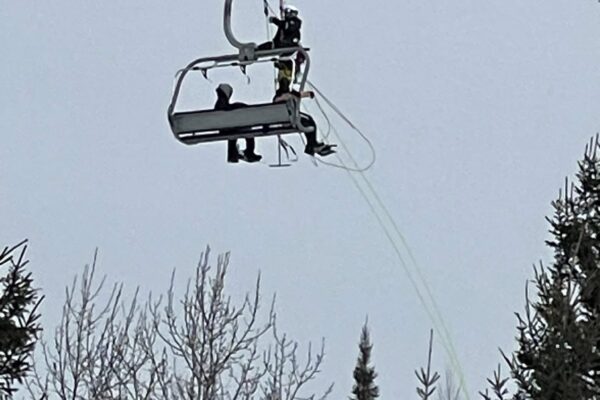Minnesota wolves lose Endangered Species Act protections
Trump administration officials on Thursday stripped Endangered Species Act protections for gray wolves in most of the U.S., ending longstanding federal safeguards and putting states in charge of overseeing the predators.
The U.S. Department of Interior announcement just days ahead of the Nov. 3 election could lead to resumption of wolf hunts in Michigan, Minnesota and Wisconsin — a crucial battleground in the campaign between President Donald Trump and former Vice President Joe Biden.
It’s the latest in a series of administration actions on the environment that appeal to key blocs of rural voters in the race’s final days, including steps to allow more mining in Minnesota and logging in Alaska.
Minnesota’s iconic wolf was the focus of an Oct. 8 discussion sponsored by the Minnesota Department of Natural Resources. It was the final of three virtual meetings and a parallel online input period where the public was asked to weigh in on various questions about wolves, including considerations about wolf numbers and geographic range, conservation options and impacts on agriculture and other wildlife species.
The DNR is seeking this input as it updates the state’s current 20-year-old wolf management plan. In a statement sent to WTIP today (Oct. 29), the DNR said people who want to share their opinions on wolf management in Minnesota will have additional time to do so.
The Minnesota Department of Natural Resources announced today it is extending its wolf management public input period until Nov. 20. The decision follows today’s decision by the U.S. Fish and Wildlife Service to remove the wolf from the federal threatened species list in Minnesota.
Although it is no longer listed as threatened under the federal Endangered Species Act, the Minnesota DNR and tribal authorities already, at least in some areas, actively monitor the state’s wolf population.
This month’s virtual meeting, attended online by more than 100 people, including some Cook County and North Shore residents, covered a variety of topics from wolf numbers to population control. The most recent wolf population report from the Minnesota Department of Natural Resources estimates the Minnesota wolf population at 2,655 animals.
Both feared and revered by people, gray wolves have recovered from near extinction in parts of the country but remain absent from much of their historical range.
Federal wildlife officials contend thriving populations in the western Great Lakes region, Rocky Mountains and Pacific Northwest ensure the species’ long-term survival. They argue it’s not necessary for wolves to be in every place they once inhabited to be considered recovered.
“After more than 45 years as a listed species, the gray wolf has exceeded all conservation goals for recovery,” Interior Secretary David Bernhardt said in a statement.
Former U.S. Fish and Wildlife Service director Dan Ashe agreed that wolves were recovered and said it’s time for the agency to “move on” to help other imperiled wildlife. But he questioned the announcement coming so close to the election.
“It creates the perception that it’s being done for political reasons,” Ashe said.
WTIP’s Joe Friedrichs contributed to this report.














